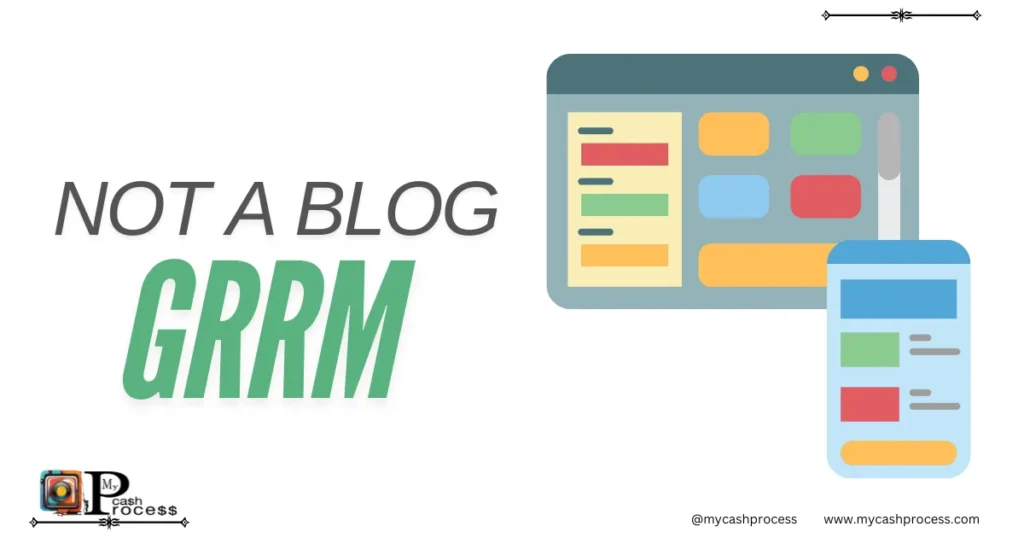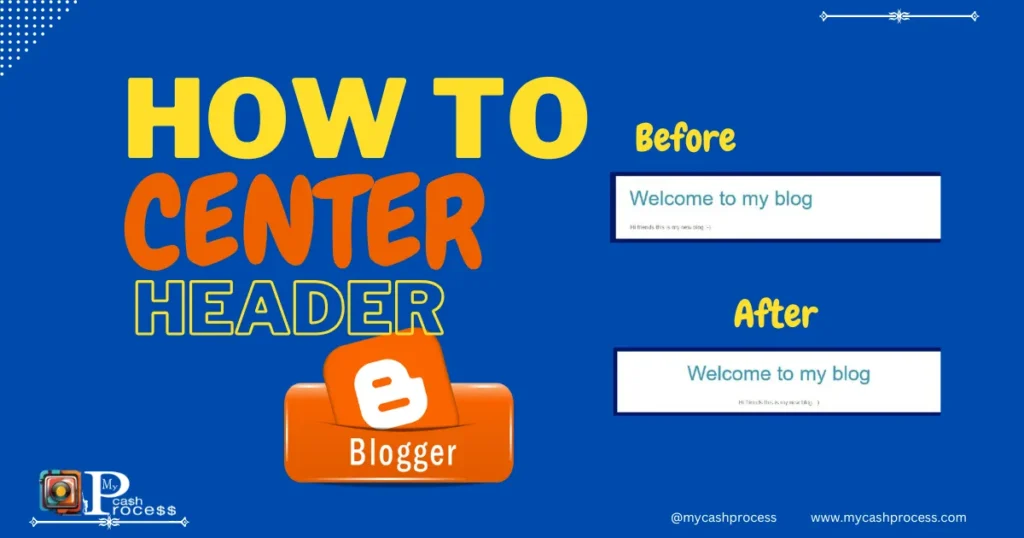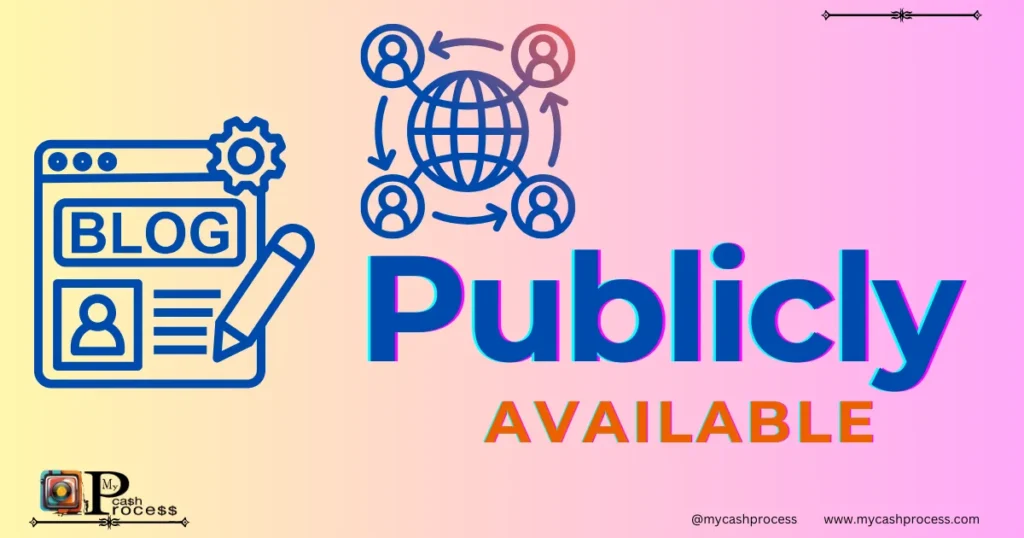Introduction
By learning from industry leaders such as best food blogs and addressing specific technical problems like not a blog and blog not, you ensure that your blog remains competitive and engaging.
The world of blogging thrives on visibility. Without it, even the most compelling content can go unnoticed, leaving bloggers disheartened and their audiences underserved. One of the most puzzling challenges bloggers face is when blog posts are not publicly available until they are addressed. This issue often surfaces under the peculiar term “GRRM Not a Blog,” which has left many bloggers scratching their heads.
In this guide, we will uncover the intricacies of this phenomenon, delve into the reasons behind its occurrence, and provide actionable solutions. By incorporating insights from “blog posts are not publicly available until they are,” “jerk sentiments blog to be or not to be,” and “Google Blogger Wolfshead Consulting,” this article aims to equip bloggers with the tools they need to ensure their posts are always accessible. Additionally, we will explore best practices inspired by “best food blogs” and dissect how to overcome obstacles associated with “not a blog” and “blog not.”
Quick Access Guide
1. Understanding the “GRRM Not a Blog” Phenomenon
Explanation of the Term and Its Origin
The term “GRRM Not a Blog” traces its roots to George R. R. Martin’s website, where it humorously denotes a place that is not a traditional blog. In Martin’s case, he refers to his updates on the site as irregular and more akin to musings rather than structured blog posts. However, for bloggers, it has come to symbolize the frustrating issue of visibility problems. This occurs when blog posts appear not to be available to the public despite being published, leaving both bloggers and readers frustrated.
This phenomenon can be particularly perplexing because it feels as though your content is being hidden, even though you’ve followed all the steps to publish. It often leaves bloggers wondering if their platform has a mind of its own or if a technical error is to blame.
Why Bloggers Encounter This Issue
Bloggers often encounter the “GRRM Not a Blog” issue due to a mix of misconfigurations, platform-specific quirks, and sometimes even intentional settings. For example, a common scenario where “blog posts are not publicly available until they are” might reflect a situation where a draft is mistakenly marked as published but still remains in a draft-like state. Bloggers may mistakenly assume their posts are live, but they’re not visible to readers or search engines.
Other reasons for this visibility issue include incorrect privacy settings, delayed reviews or approval processes, and caching problems. Misalignment between what the blogger expects and the system’s configuration can cause posts to be hidden from the public eye.
Connection to “Jerk Sentiments Blog to Be or Not to Be”
The phrase “jerk sentiments blog to be or not to be” captures the existential frustration many bloggers feel when dealing with visibility challenges. The phrase draws from Hamlet’s famous soliloquy, symbolizing the indecisiveness and confusion bloggers often experience. Is your content live? Should it be accessible? This sentiment speaks to the deep emotional toll these technical challenges can take on creators.
To address this problem effectively, bloggers must understand that it’s not always about the content itself; it’s about how that content is managed, configured, and presented on their platform.
2. Common Causes of Blog Posts Not Being Publicly Available
Issues with Blog Visibility Settings
Incorrect permissions or privacy settings are the most common culprits for posts not being publicly available. Many blogging platforms offer varying levels of privacy settings, which can be confusing, especially for new users. Sometimes posts are accidentally marked as private, meaning only the author or approved users can see them.
Another visibility issue arises when the post status is mistakenly set to “pending review” or “draft,” even after hitting “publish.” This leads to the post being unavailable to the public despite the author’s intent for it to be visible.
Misalignment Between Publishing Platforms and User Configurations
Sometimes, platform-specific quirks or bugs cause issues that prevent blog posts from going live. These quirks might involve miscommunication between the blog platform and web server settings, or there could be issues with content management systems (CMS) failing to correctly display the content once it is uploaded. This could lead to the post being stored in an inaccessible folder or directory, delaying its visibility to readers.
Role of “Blog Posts Are Not Publicly Available Until They Are”
The phrase “blog posts are not publicly available until they are” alludes to scenarios where there are unexpected delays in content being indexed or made visible to readers. Whether this is due to a pending approval process, platform delays, or a caching issue, it highlights the frustrating wait bloggers experience before seeing their content online. In some cases, search engines take time to index the post, which means it might not appear on the web immediately after publishing.
Technical Glitches and Platform-Specific Limitations
Technical glitches can further complicate the visibility problem. For example, some platforms may have caching issues, meaning changes made to a post are not reflected immediately on the live site. This may give the illusion that the post has not been published, even though the backend shows it as live.
Case studies from various bloggers demonstrate how resolving technical issues like broken links, misconfigured plugins, or caching errors can quickly resolve visibility challenges.
3. The Impact of GRRM Not a Blog on Your Blogging Strategy
How Visibility Issues Can Affect Traffic
When blog posts are inaccessible, they are effectively invisible to search engines and readers. This directly impacts traffic because search engines are unable to crawl or index the content. Moreover, readers who are unable to access new posts may become disengaged and abandon the blog altogether. Without proper visibility, even the best content will fail to attract an audience.
Relation to “Not a Blog” and Its Implications
The term “not a blog” reflects the consequences of inconsistent posting and mismanagement. If posts are frequently inaccessible, it undermines the credibility of the blog, and audiences may start to view the blog as unreliable. A blog that isn’t functioning as expected will quickly lose trust, which can harm its SEO ranking and overall reputation.
Examples of How Other Bloggers Overcame These Challenges
Blogs that focus on food or other niche topics, such as “best food blogs,” maintain high visibility by ensuring their content is always accessible. These successful bloggers understand the importance of configuring their settings correctly, ensuring posts are published and visible at the right times.
Additionally, they often follow industry best practices, like using structured data, optimizing their images for fast loading, and ensuring their posts are mobile-responsive. By staying proactive with visibility, they prevent “blog not” issues and remain competitive.
4. Troubleshooting Blog Visibility Issues
Step-by-Step Guide to Check Your Blog Settings
- Review Privacy Settings: Ensure that your posts are marked as “public” and are available for all users to see. Double-check the user roles and permissions to avoid limiting access.
- Test URL Visibility on Search Engines: Use tools like Google Search Console to verify that your content is being indexed correctly. You can also check if your posts are being blocked by robots.txt files or meta tags.
- Utilize “Google Blogger Wolfshead Consulting“: This specialized consulting resource offers detailed guidance on diagnosing common visibility issues. It provides solutions for problems like incorrect SEO settings or plugin errors that may prevent posts from being published properly.
How to Ensure Your Content Meets Accessibility Standards
- Include alt texts and structured metadata.
- Optimize for mobile responsiveness and load speed.

5. Advanced Fixes for Persistent Problems
Exploring Plugin Conflicts and Solutions
Plugins can sometimes conflict with one another, preventing posts from displaying correctly. Identify and disable any plugins that may be causing issues, especially those related to SEO or caching. Testing each plugin one by one can help isolate the problem.
Using “Best Food Blogs” as Inspiration for Visibility Improvements
Successful food blogs maintain high levels of visibility by using specific tags, categories, and metadata to improve their discoverability. Replicating these strategies—such as optimizing post titles and descriptions, adding relevant keywords, and making posts easily shareable on social media—can improve visibility and prevent “not a blog” issues from arising.
6. Leveraging Tools and Support for Blogging Success
Best Tools for Diagnosing and Fixing Blog Issues
To ensure smooth blogging operations, it’s important to use diagnostic tools like Yoast SEO, Google Search Console, and analytics platforms that help identify and resolve visibility issues. These tools allow bloggers to track their content’s performance and ensure that everything is indexed properly.
Using Platform Forums and “Google Blogger Wolfshead Consulting” Effectively
Utilizing community forums and consulting resources like “Google Blogger Wolfshead Consulting” can be extremely helpful. These platforms provide solutions to common technical issues and help you stay updated with changes or updates in blogging tools and SEO practices.
7. Best Practices for Preventing Visibility Problems
Tips to Ensure Blog Posts Are Always Publicly Available
Regularly audit your blog settings to ensure there are no discrepancies with post privacy settings. Use tools that automatically check for visibility issues before publishing content to avoid last-minute surprises.
8. Case Studies: Bloggers Who Solved the “GRRM-Not a Blog” Issue
Learn from real-life bloggers who have successfully navigated the “GRRM Not a Blog” issue. By applying similar fixes and strategies, you can overcome your visibility challenges and grow your audience.
9. Future Trends in Blog Visibility and Management
Keep an eye on emerging trends in blogging and SEO to stay ahead of potential visibility issues. Regularly update your blog settings, experiment with new tools, and stay informed to ensure your content is always accessible to your readers.
10. How to Build a Robust Blog Strategy to Avoid Visibility Issues
Establish a Content Calendar
One of the best ways to avoid issues like “GRRM Not a Blog” is by creating a solid content calendar. This ensures that blog posts are planned ahead of time, giving you enough flexibility to check visibility settings and optimize your posts. A structured calendar can help you maintain consistency, which is crucial for keeping your blog’s content always accessible and publicly available.
By adhering to a content calendar, you can also avoid the common pitfall of haphazardly published posts that might miss key optimization steps, leading to delayed visibility. Having a plan in place will minimize the chances of accidentally setting posts to private or not scheduling them for the right time.
Perform Regular Content Audits
Regular audits of your blog content will help identify visibility problems before they escalate. Check for any discrepancies in SEO settings, tags, categories, and privacy settings. These audits should include ensuring that posts are indexed by search engines and checking for any broken links or technical issues that may hinder the user experience.
Leverage Social Media and Email Marketing for Immediate Visibility
Sometimes, even with the best optimization and settings, a blog post may not be immediately visible due to platform delays or technical glitches. To mitigate this, leverage your social media channels and email marketing lists to notify your audience about new content directly. This proactive approach ensures that your posts get immediate visibility, even if there are minor delays on your blogging platform.
By effectively promoting your posts across different channels, you can bypass visibility issues and ensure that your content reaches your audience quickly and efficiently.
Conclusion
Tackling the challenges posed by GRRM Not a Blog is essential for maintaining your blog’s visibility and ensuring your audience can access your content. Issues like blog posts are not publicly available until they are can hinder your blog’s success, but with the right strategies, you can overcome these obstacles effectively. By understanding the concept of jerk sentiments-blog to be or not to be and utilizing tools like Google-Blogger wolfshead consulting, you can strengthen your blog’s accessibility and reliability.
Follow us on Pinterest, Twitter X, Facebook, Instagram, Quora, TikTok, Discord, YouTube, and WhatsApp Channel.
Warning
Ignoring visibility issues can harm your blog’s performance, reduce audience trust, and negatively impact SEO rankings.
Advice
- Regularly check and update blog settings.
- Monitor trends like “not a blog“ and utilize resources like “Google blogger wolfshead consulting.”
- Stay informed about best practices to ensure consistent visibility.
FAQs
- Why are my blog posts not publicly available?
- How does “GRRM Not a Blog“ relate to my blog’s visibility?
- Can “Google Blogger wolfshead consulting“ help me fix technical issues?
- What steps can I take to prevent visibility problems in the future?
- How can I ensure my blog aligns with “best food blogs“ standards?




